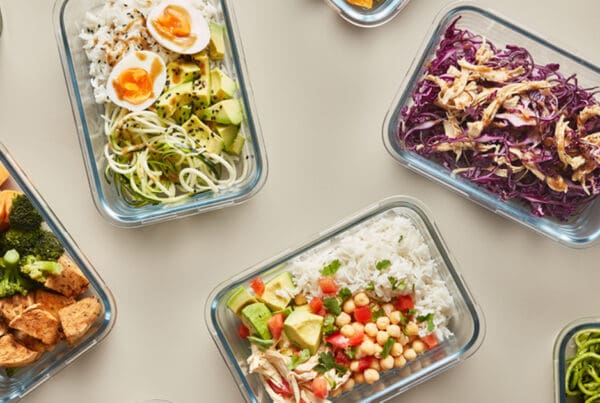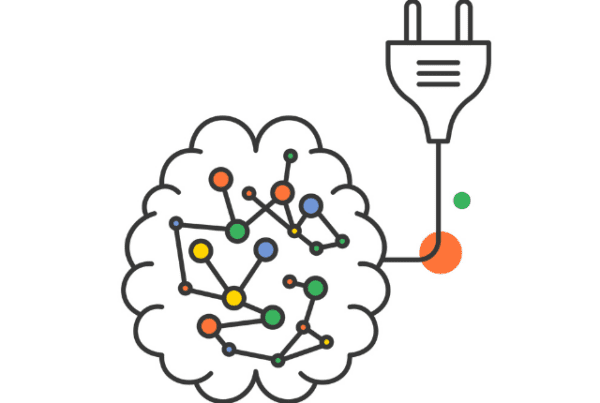In the conclusion to this series, three final experts instrumental in our COVID-19 response share how they’re staying safe and handling the pandemic at home.
The experts
Vanessa Makarewicz, RN, MN, CIC, is the infection prevention control manager at Harborview Medical Center. She led the team of first responders doing home assessments and now manages Harborview’s COVID-19 response and the Harborview Medical Center Infection Prevention and Control program, in conjunction with Dr. John Lynch. She also supports Harborview’s COVID-19 Exposure Team with employee health and safety manager, Allison Zelikoff.
Michelle McIntosh, RN, is an infection preventionist at UW Medical Center – Montlake. She works to maintain UW Medical Center – Montlake’s COVID-19 intranet site and helps develop Montlake-campus specific educational materials. She is also a point person for any concerns or questions about preventing COVID-19.
Katale Salele, RN, MPH, is an infection preventionist for UW Medical Center – Montlake. He helped respond to calls from the community hotline and public health at the beginning of the pandemic. Today, he investigates exposures that happen in the hospital and oversees the cleaning and disinfection of medical devices in the hospital.
Have you taken any trips or done any travel?
Makarewicz: My husband is also an essential worker on upper campus. He is a facilities manager for UW Libraries, and he has been on campus every single day. So, he and I actually have quite a bit of what we like to call our “exposure bank” just by working. And we have one child who goes to daycare up at the Northwest campus and another son at the Boys and Girls Club doing virtual kindergarten, so we have continued to be in what you could call lockdown in our family. We have a lot of opportunity in our family to be exposed and our exposure bank is expended just by our daycare and work. We have seen in-laws twice since Christmas time, and they just live up in Snohomish.
McIntosh: We have two kids, a 3-year-old and a 7-year-old, and we have gone and visited their grandparents at their residences in Westport. When we travel, we go by car. We try to make limited stops, and when we get to their place we sleep in a house that they have next door.
Salele: I have not gone anywhere since the outbreak of COVID-19. I’m originally from Ethiopia, and I came back December 15; then COVID-19 started in Washington in the beginning of February. I didn’t go anywhere after that.
What does socializing look like for you?
Makarewicz: We have gone to see grandparents, but everyone is masked, even the 2-year-olds. We don’t share food, we are outside, we don’t go into houses and the meetings are short, limited to two hours. We’re not seeing friends in person, only on Zoom.
McIntosh: We’ve been seeing grandparents at our home, where we will be doing activities outside with distance and masks. If we have to go inside, all the windows will be open, the fan will be on and we wear masks. I see friends very infrequently, though I have seen some friends. We went to Golden Gardens and had a distanced visit where everyone was 6 feet apart.
Salele: In January, February and March, I was not socializing with anyone except my daughter. Then after that there were some social responsibilities and child care issues with a very close family friend here, so we started to meet with them. Sometimes my daughter stays with them and sometimes their kids stay with me. It’s a total of about six to seven people, and we consider ourselves one family. We don’t meet with other people, and we don’t go anywhere.
Do you give hugs, high-fives, handshakes or kisses?
Makarewicz: Nothing. My best friend works up at Northwest, and when I’m dropping the kids off, sometimes I get to see her as she’s walking in. If anything, I may put a hand on her shoulder. A lot of people are into the elbows, sometimes I get an elbow bump at work.
McIntosh: I’m comfortable with a hug, especially outside and masked. I know lots of people aren’t. I don’t kiss people outside of family, and I don’t do food sharing. I like to do the elbow bump sometimes, but I try to maintain distance, especially if we are together for longer periods of time.
Salele: For me, physical touch, at maximum, is an elbow bump. Other than that, in the first half of the COVID-19 season, it never happened. Then in the next half, with masks on, there was hugs in the family friends mentioned above.
What are your plans for the holidays during the pandemic?
Makarewicz: Our holiday plans are no holiday plans. We are not having any family get-togethers for Thanksgiving or Christmas. It is just too high risk and we have a lot of immunocompromised folks in our family that the risk is not worth the gain. Our families are understanding and receptive to this decision. It’s sad, but it’s the right thing to do.
McIntosh: I honestly don’t know what that will look like, and I know that a lot of people are going to be disappointed with my answer. I’m not doing big family events or holiday parties. Unless for some reason this sort of fizzles out, which I don’t think it will, it will look a lot different than last year.
Salele: We are not going to go anywhere, especially now with the combination of the flu and COVID-19 season; we aren’t going to do big celebrations.
Looking ahead to the fall, is there anything you want people to know or anything you would want to share with people?
Makarewicz: It’s really hard, and I think healthcare workers have it even harder because so much has been demanded of them. We have to be safe for our families, but we need to do this so we can continue to take care of patients. If our staff are unsafe in their personal lives, we will not have staff to take care of the patients in our hospitals or clinics. It’s going to take a whole community to get on board with guidance coming from public health and the state. Somehow, we need to support each other and be adaptable, flexible, understanding and aware moving forward.
McIntosh: It is essential that we continue vigilance with distance and keeping our masks on. We’re going to be spending a lot more time inside, unfortunately, and the more time we spend inside the riskier it is for us to transmit this virus. We’re all doing the best that we can, and we need to treat each other with kindness and love in this really incredible time we are experiencing.
Salele: People need to be extremely cautious, apply the preventive measures and do everything possible that they can do. We’re facing the combination of two serious diseases, the flu and COVID-19, and both are viruses, so it’s scary, honestly. I feel like people are tired of the disease itself and tired of not socializing or just locking themselves at home and limiting their socializing, but people still need to be patient. Nobody knows when the pandemic will end, so follow what the experts say and be patient, even with holidays. Really follow the recommendations from public health.
Read Part 1 and Part 2 to learn how our COVID-19 experts navigate everything from haircuts to at-home cleaning.


